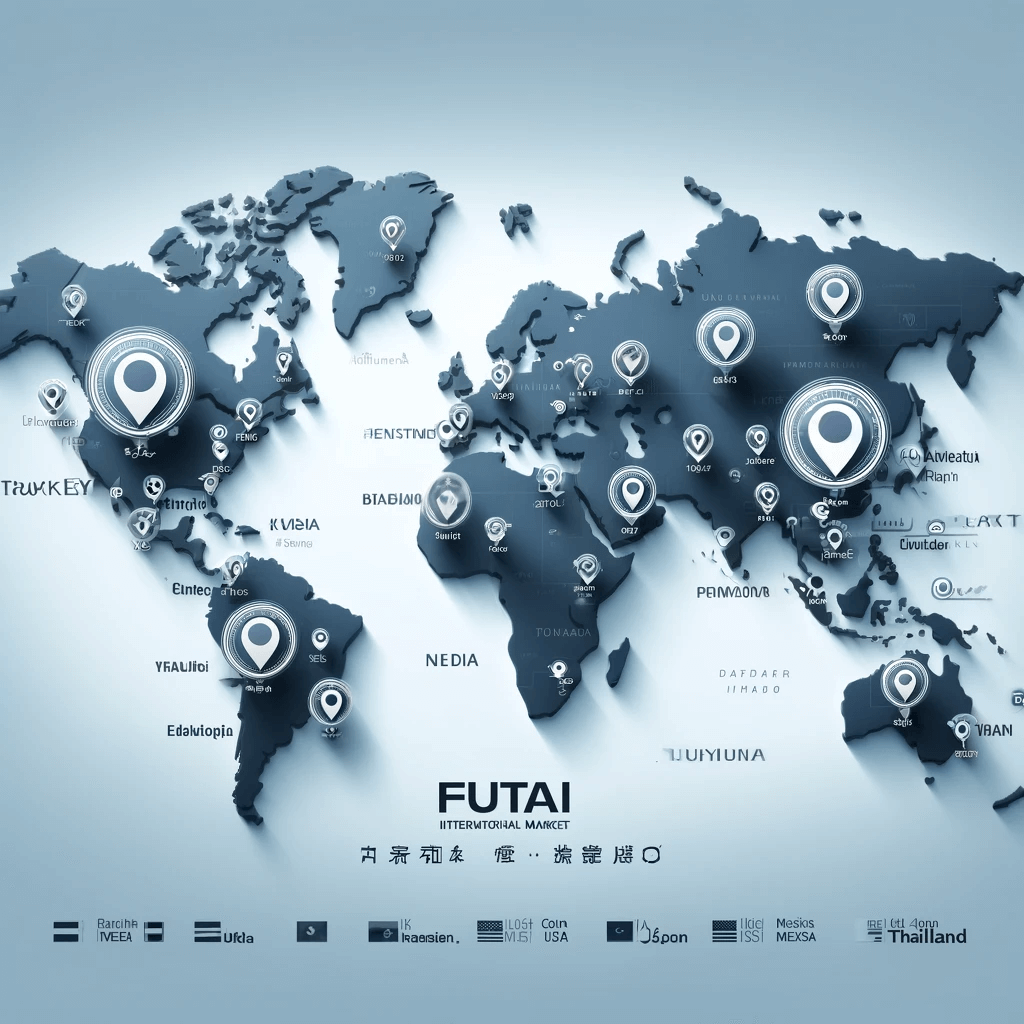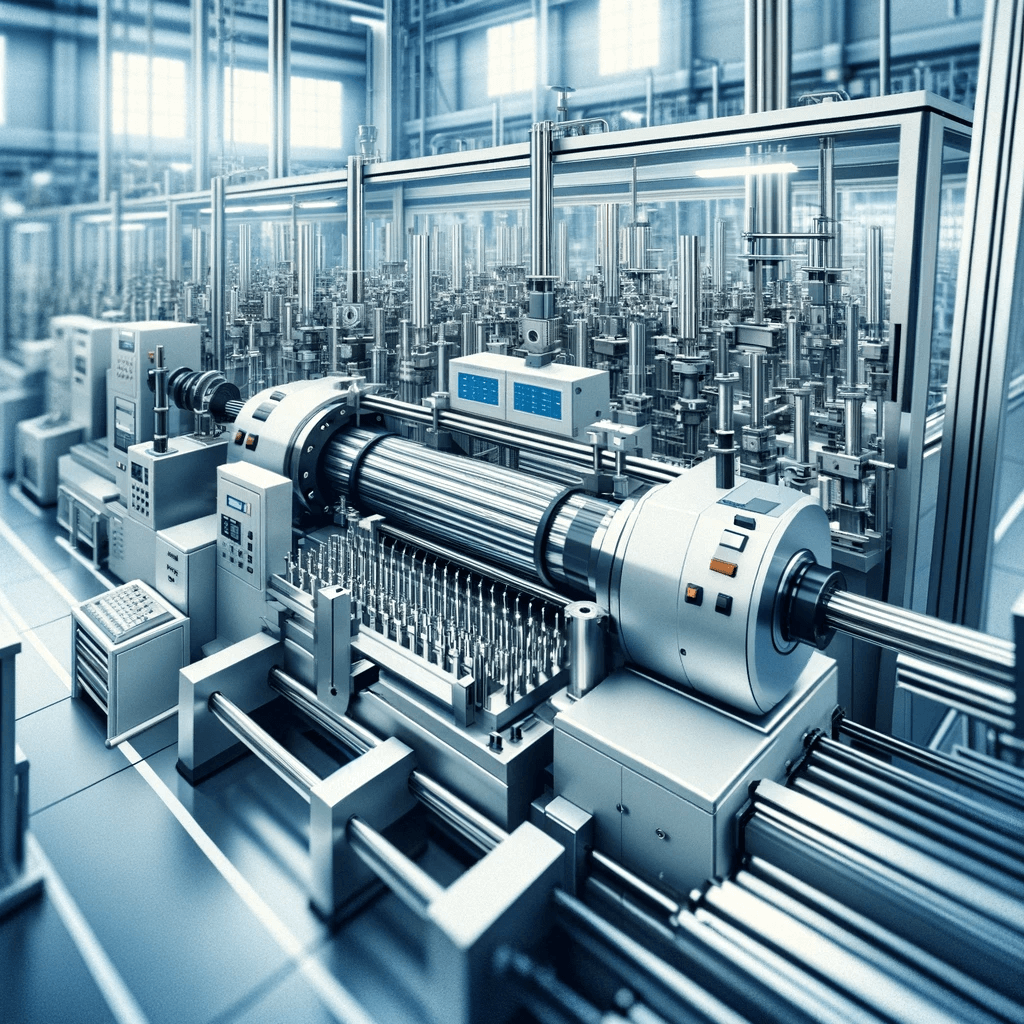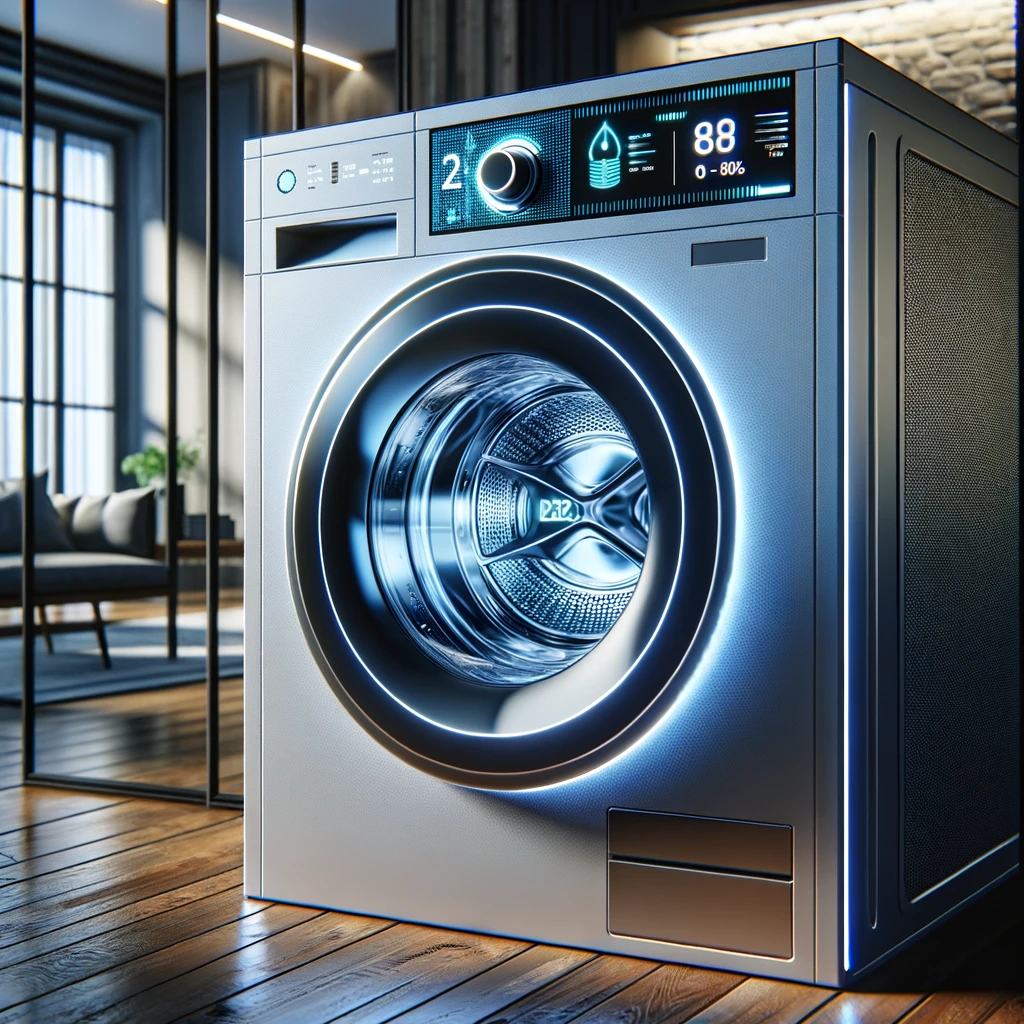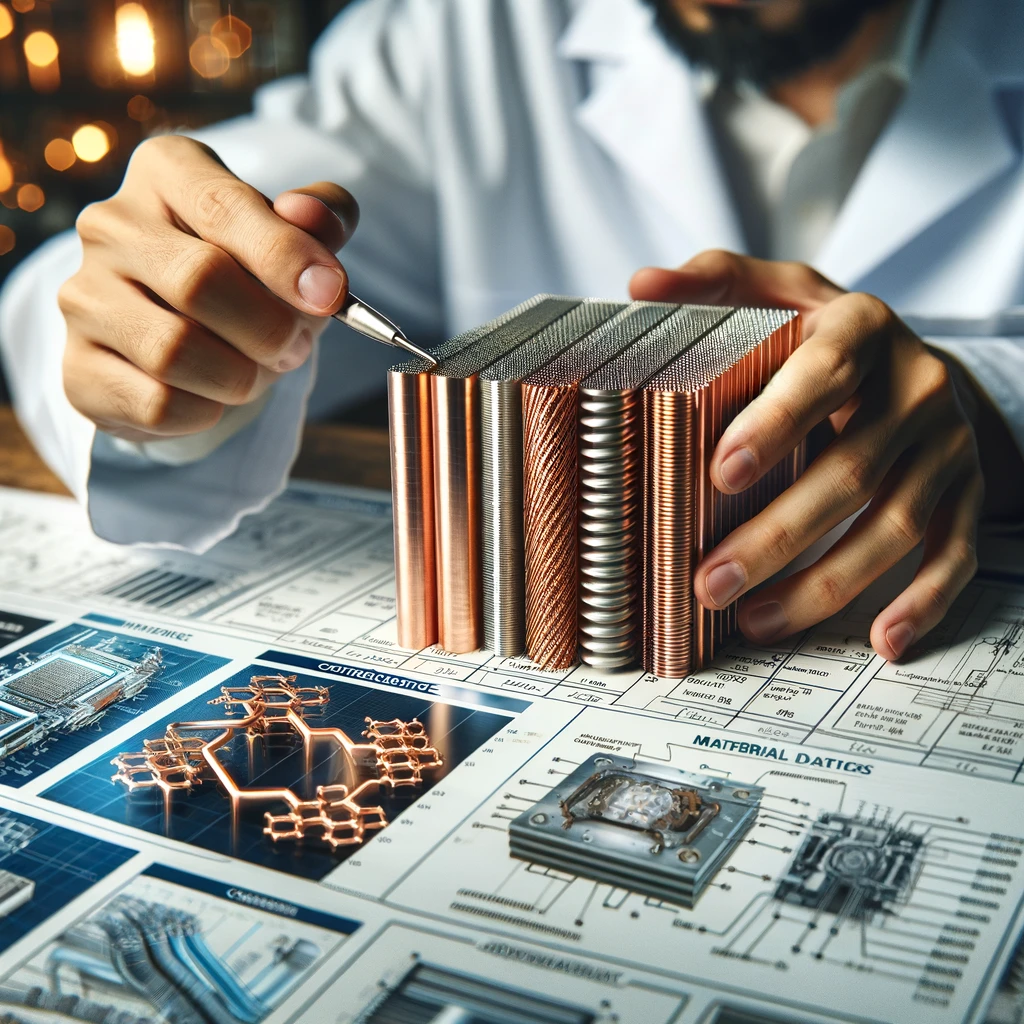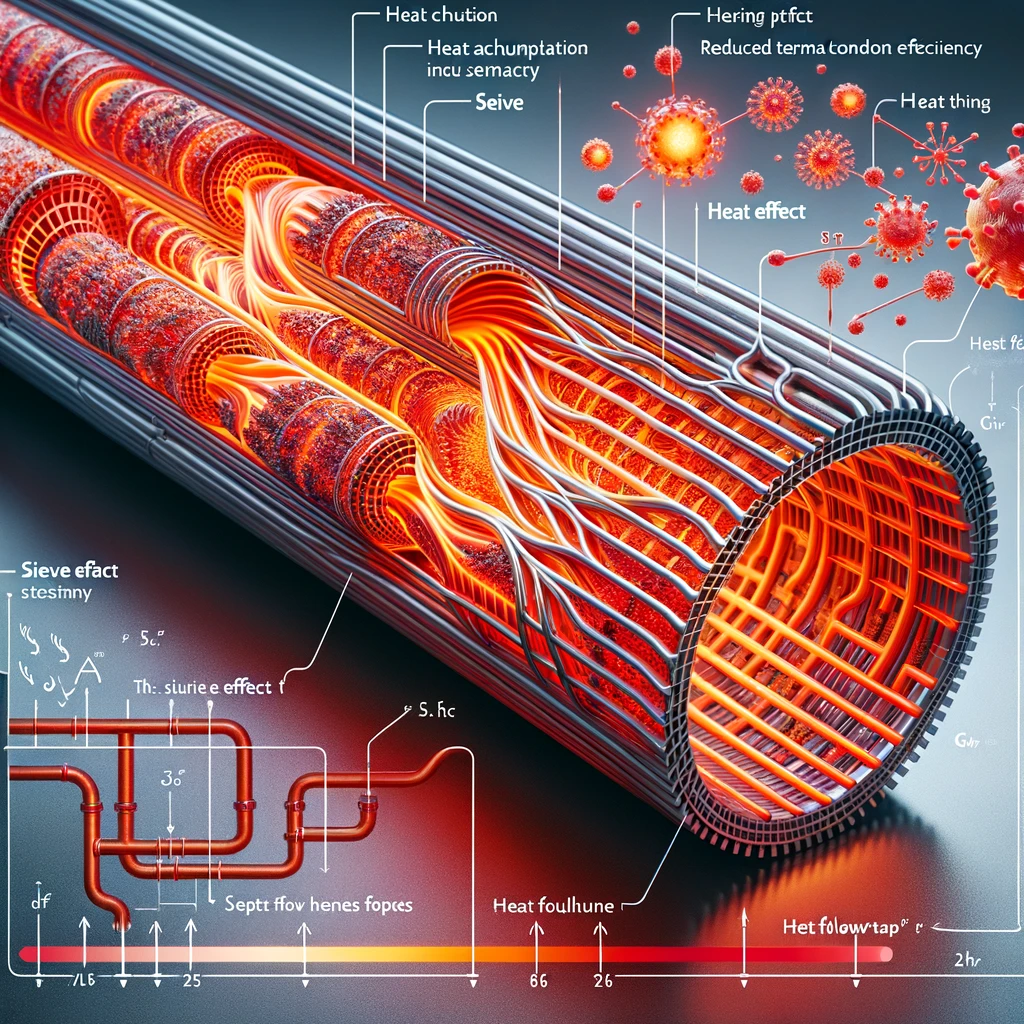In high-density structured single-ended components, enhancing thermal insulation resistance is a key technical challenge. By improving material selection, design structure, and optimizing thermal management systems, the overall performance and reliability of devices can be significantly enhanced. This article details several methods to improve the thermal insulation resistance of single-ended components and includes relevant mathematical and physical formulas to clarify design principles and effects.
1. Material Selection
Choosing the right materials is the first step in enhancing thermal insulation resistance. For components operating in high-temperature environments, thermal insulation materials must possess high thermal stability and low thermal conductivity. Ceramic materials such as alumina (Al2O3) and silicon nitride (Si3N4), known for their excellent thermal stability and electrical insulation properties, are preferred choices. The thermal conductivity![]() formula is as follows:
formula is as follows:

where ![]() is the density of the material and
is the density of the material and ![]() is the specific heat capacity. Selecting materials with low thermal conductivity can reduce the transfer of thermal energy, thereby improving thermal insulation performance.
is the specific heat capacity. Selecting materials with low thermal conductivity can reduce the transfer of thermal energy, thereby improving thermal insulation performance.
2. Design Optimization
In the design of single-ended components, effective isolation of the heat source and sensitive parts can be achieved by optimizing the structure. For example, using a multi-layer design, where each layer has different thermal resistance, can effectively block the heat flow. The thermal resistance ![]() formula is:
formula is:

where d is the material thickness, k is the thermal conductivity, and A is the area through which heat passes. Increasing the material thickness or using materials with higher thermal resistance can enhance the overall system’s thermal resistance.
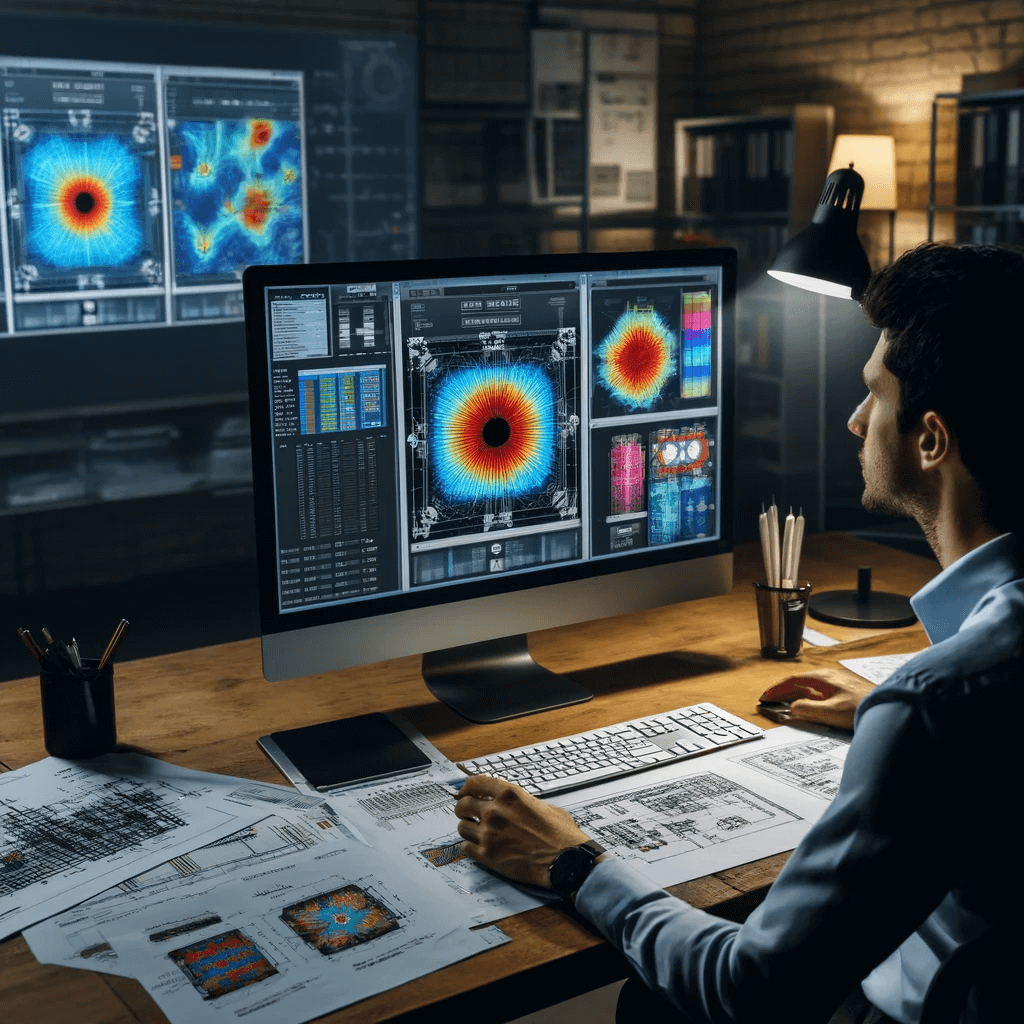
3. Thermal Management System
An efficient thermal management system is key to ensuring stable operation of components in high-temperature working environments. Using active or passive cooling techniques, such as heat sinks, fans, or liquid cooling systems, can effectively control the temperature of components. The heat flux Q formula is:

where ![]() is the temperature difference. Reducing the temperature difference or increasing the cooling area can effectively lower the operating temperature of the components, thus enhancing thermal insulation resistance.
is the temperature difference. Reducing the temperature difference or increasing the cooling area can effectively lower the operating temperature of the components, thus enhancing thermal insulation resistance.
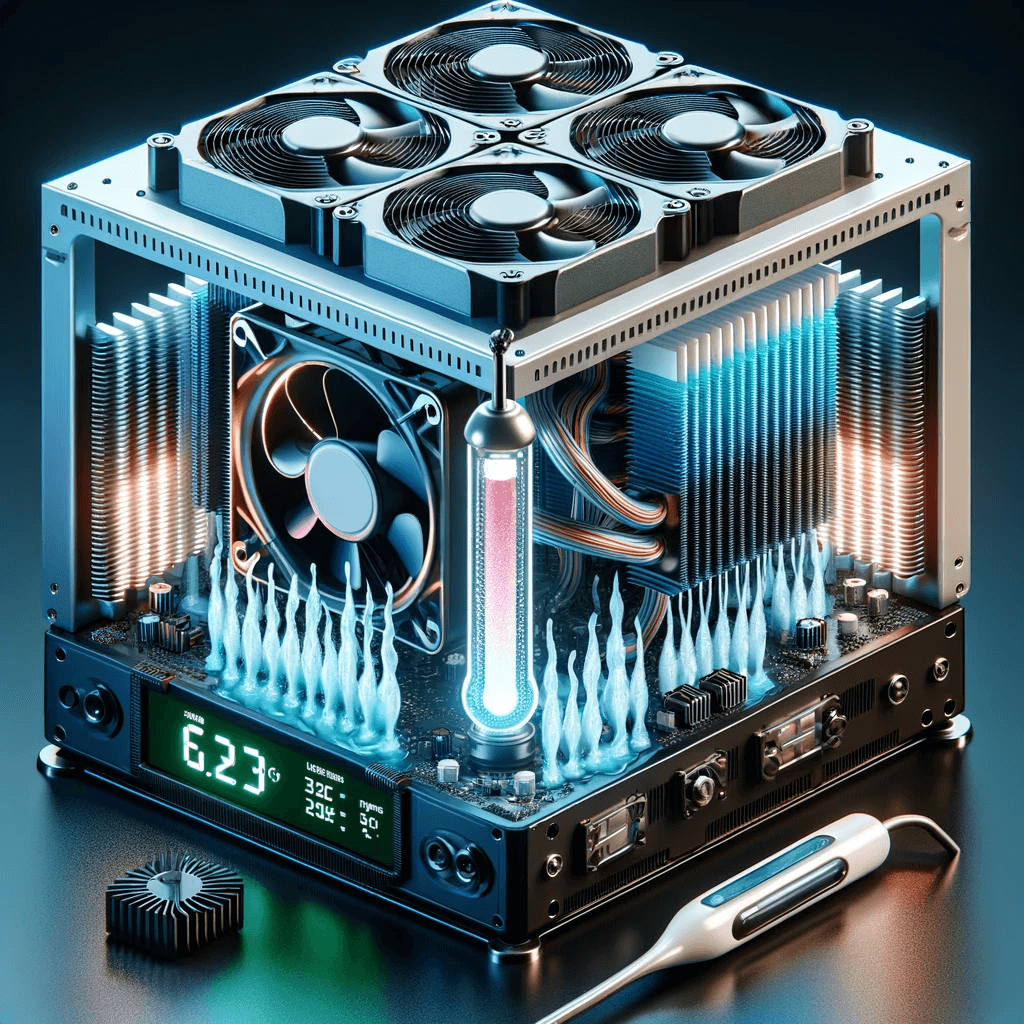
4. Experimental Validation and Model Simulation
Experimental validation and model simulation are indispensable parts of the design process. Experiments provide direct data on material performance and component structural effects. Additionally, using computer simulation models for thermal flow and thermal stress analysis can predict the thermal behavior of components in the early design stages. These data and analysis results provide a scientific basis for optimizing design.
Introduction to FUTAI Heating Pipe Equipment Brand
Beyond technical discussions, the impact of the FUTAI heating pipe equipment brand in the industry is also noteworthy. Since its establishment in 1999, Tongli Machinery (FUTAI) has become a large-scale professional manufacturer in China, specializing in automated heating element machinery and intelligent assembly production lines. Located in Huiyang District, Huizhou City, Guangdong Province, China, the company occupies an area of 12,000 square meters with more than 6,000 square meters of self-built factory space.
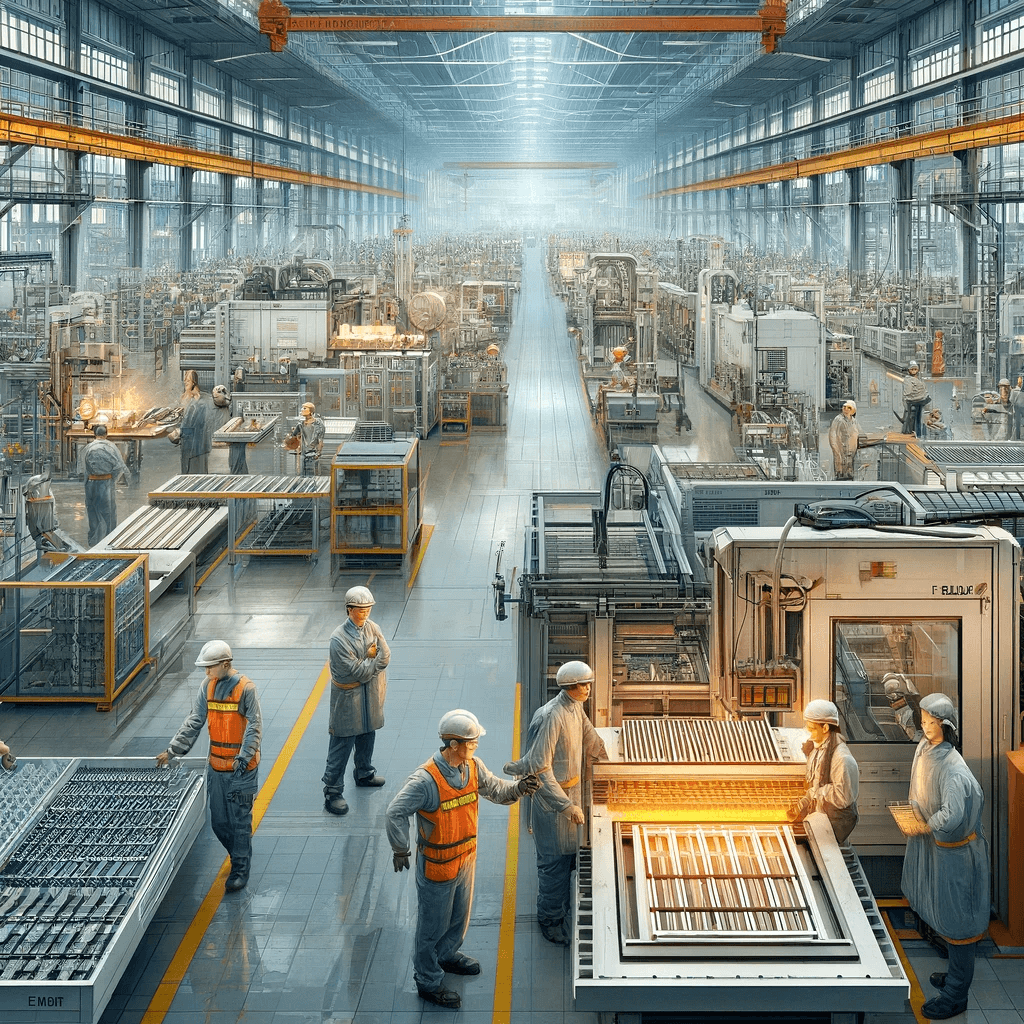
FUTAI integrates R&D, production, marketing, and service to establish a strong industrial chain advantage. The company has independent property rights for most of its machines and supplies a large number of products to the domestic market. Additionally, FUTAI is continuously expanding its influence in overseas markets such as Turkey, India, Russia, Brazil, the USA, Mexico, Japan, Thailand, and others.
As global focus on energy conservation and environmental protection has increased, FUTAI actively responds to these challenges by integrating these principles into product design. The company is committed to continuously upgrading products and improving product quality to meet the high standards of global customers. FUTAI sincerely hopes to cooperate with both new and regular customers to create a bright future.

FUTAI’s contributions not only strengthen its competitive position in the global market but also provide a solid foundation for improving thermal insulation resistance and other technical indicators of single-ended components (high-density structures). Through continuous technical innovation and market expansion, FUTAI’s position in the heating pipe equipment field is increasingly prominent, demonstrating its industry leadership and innovative capabilities.

